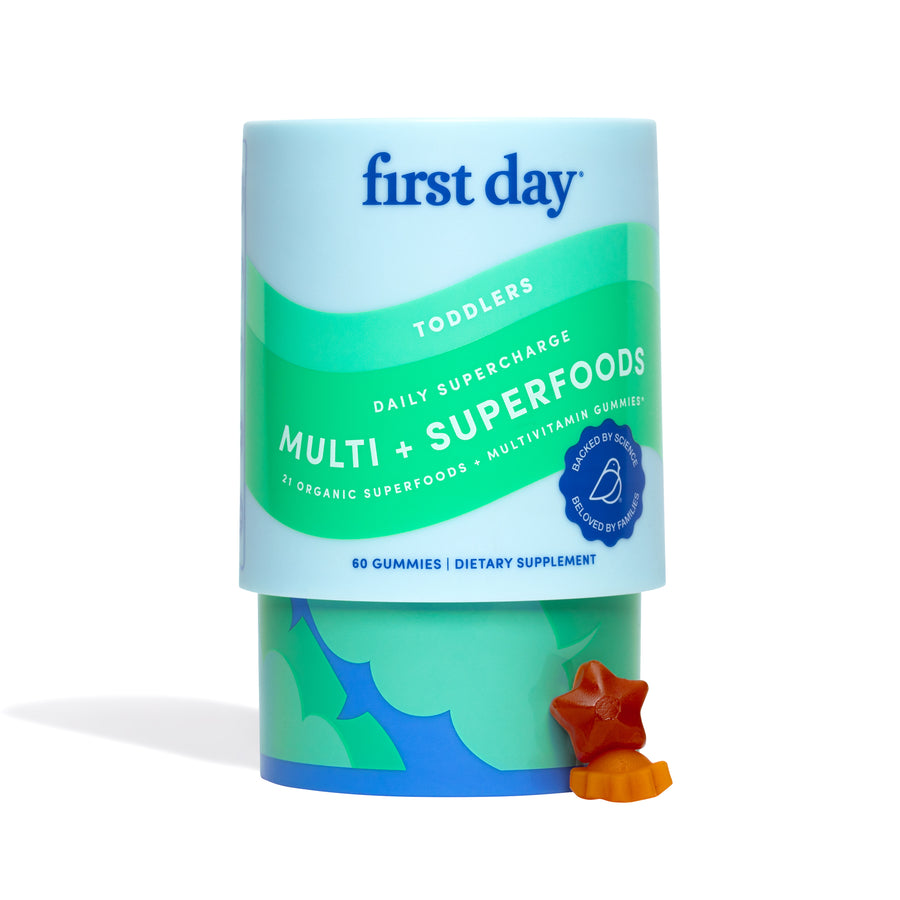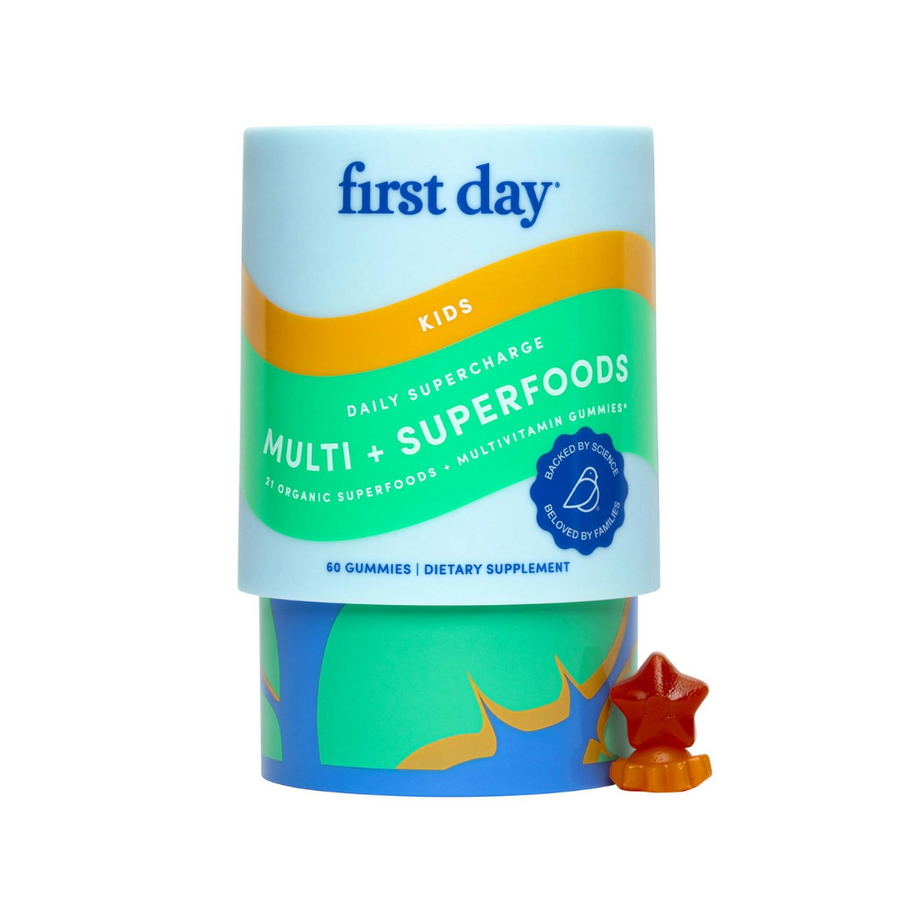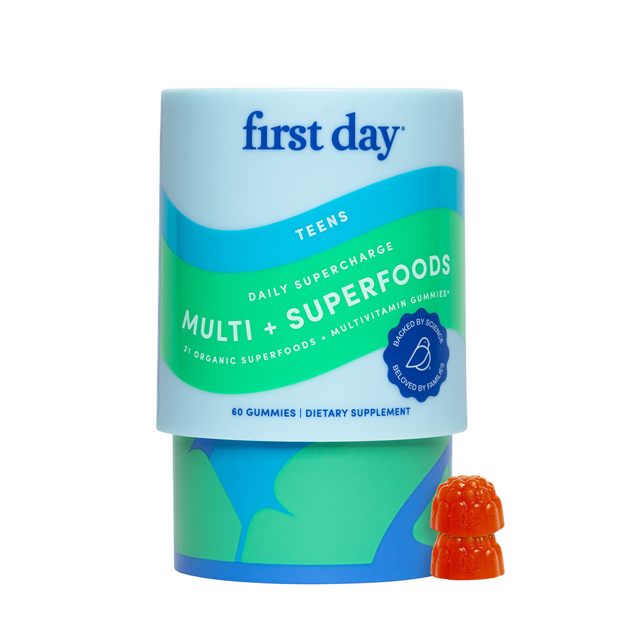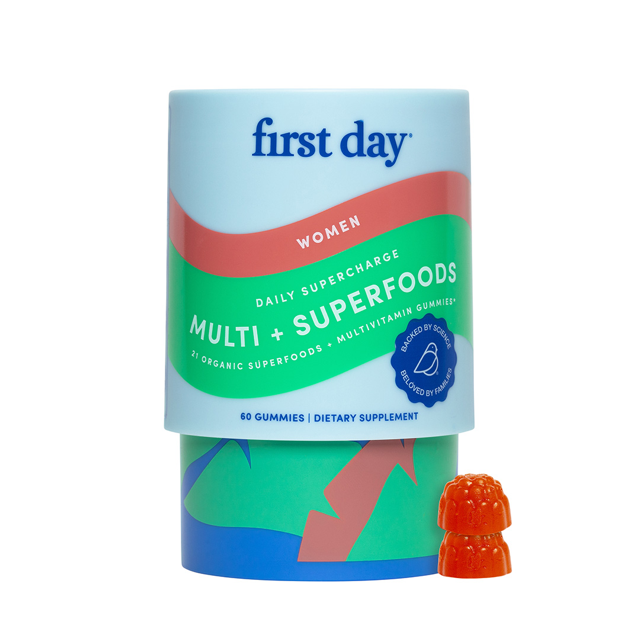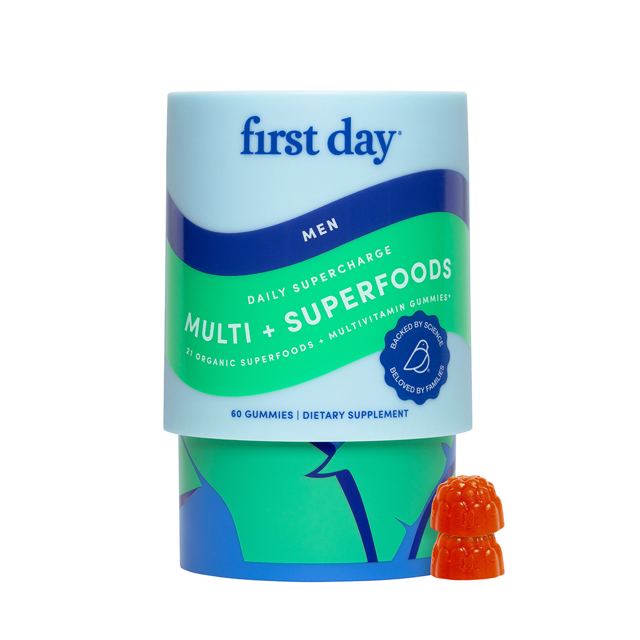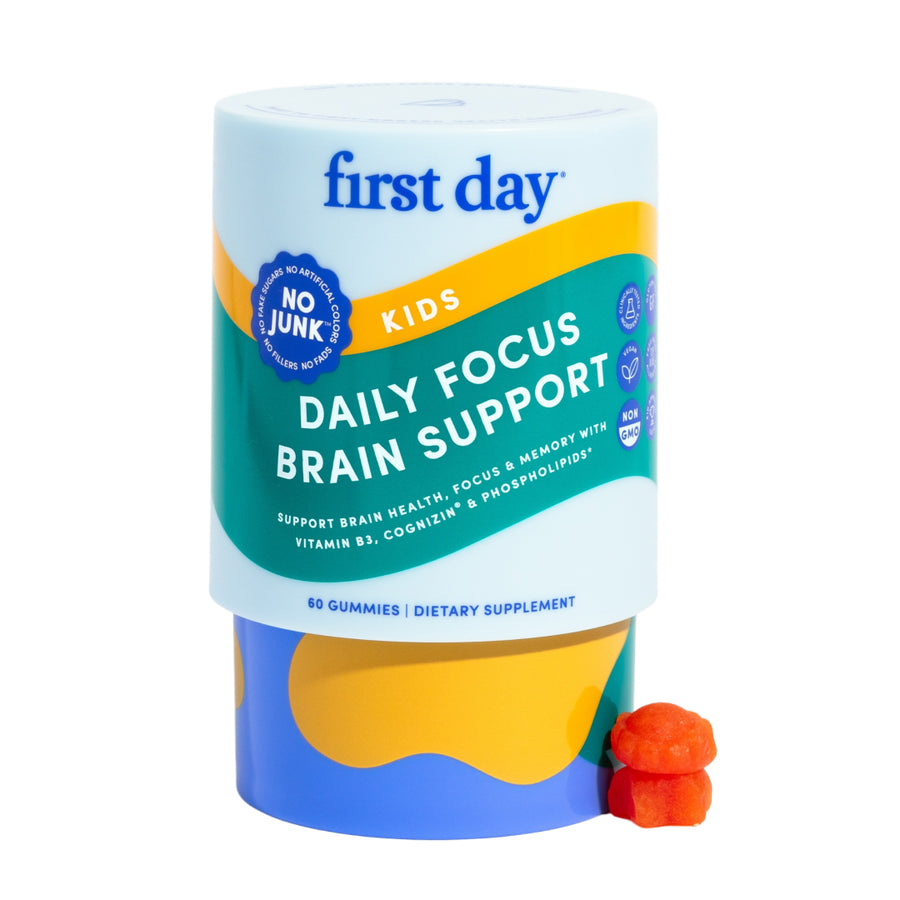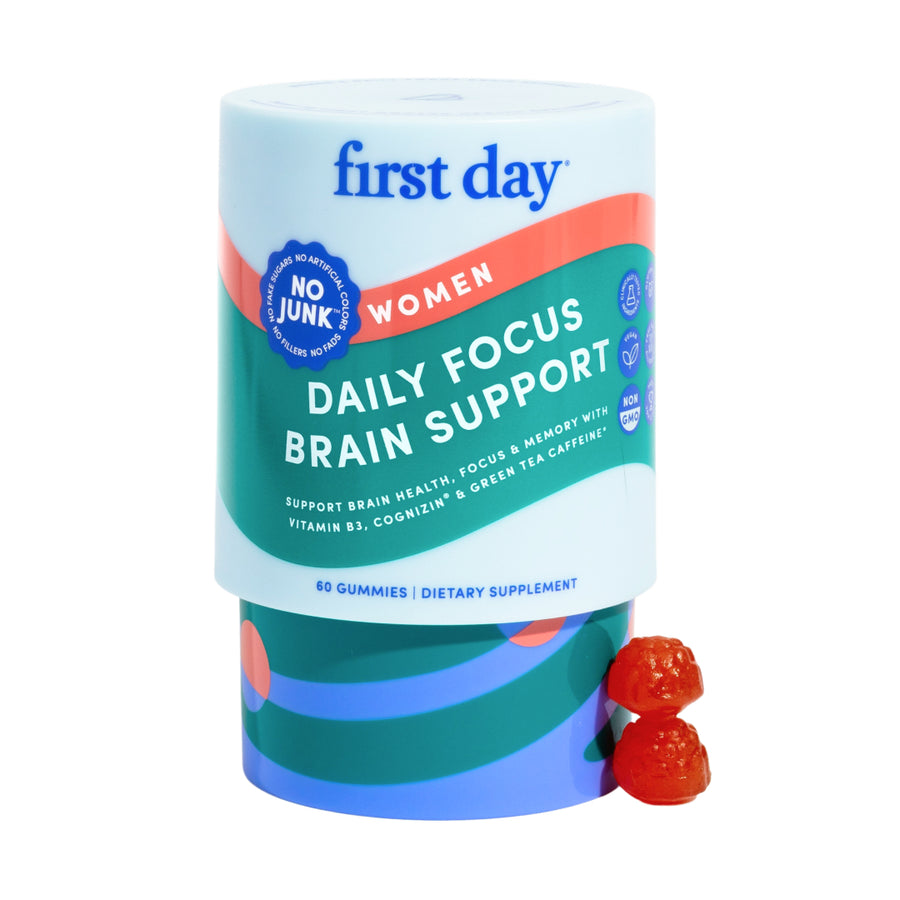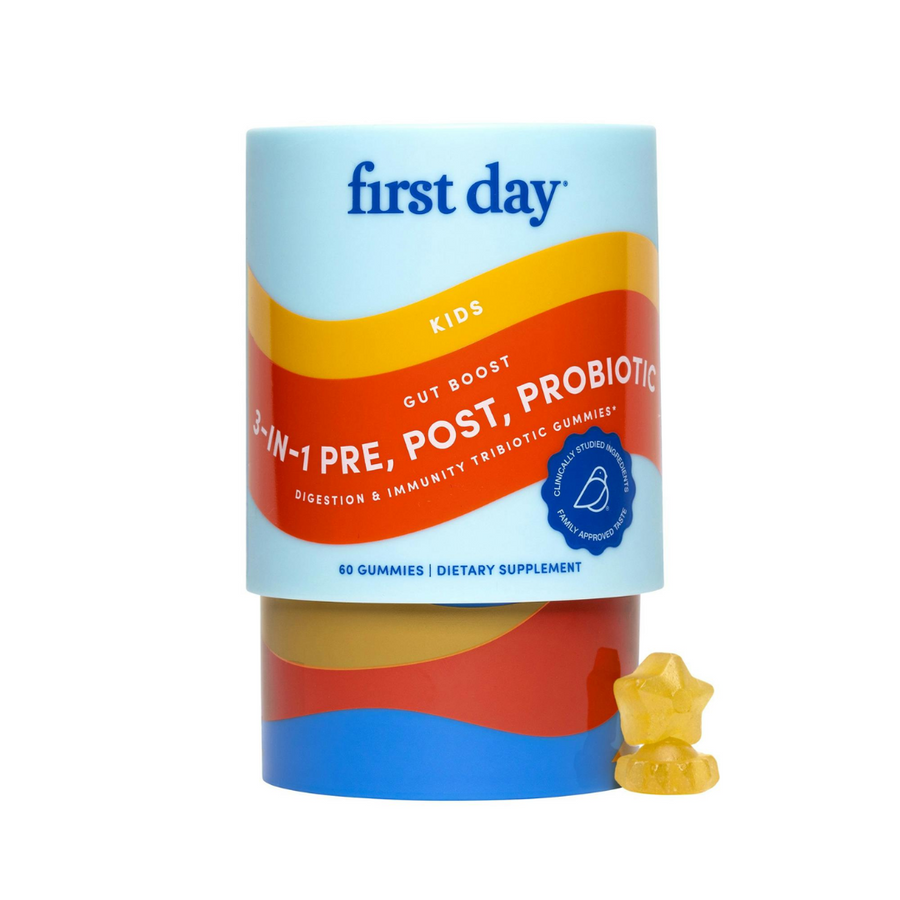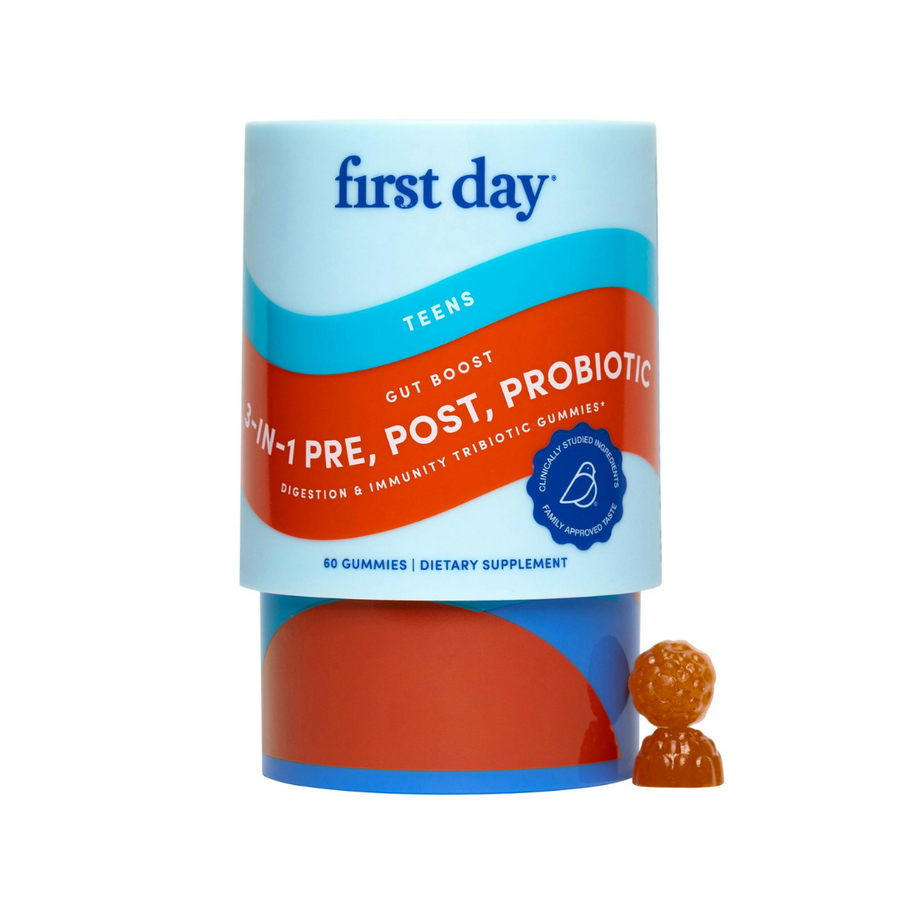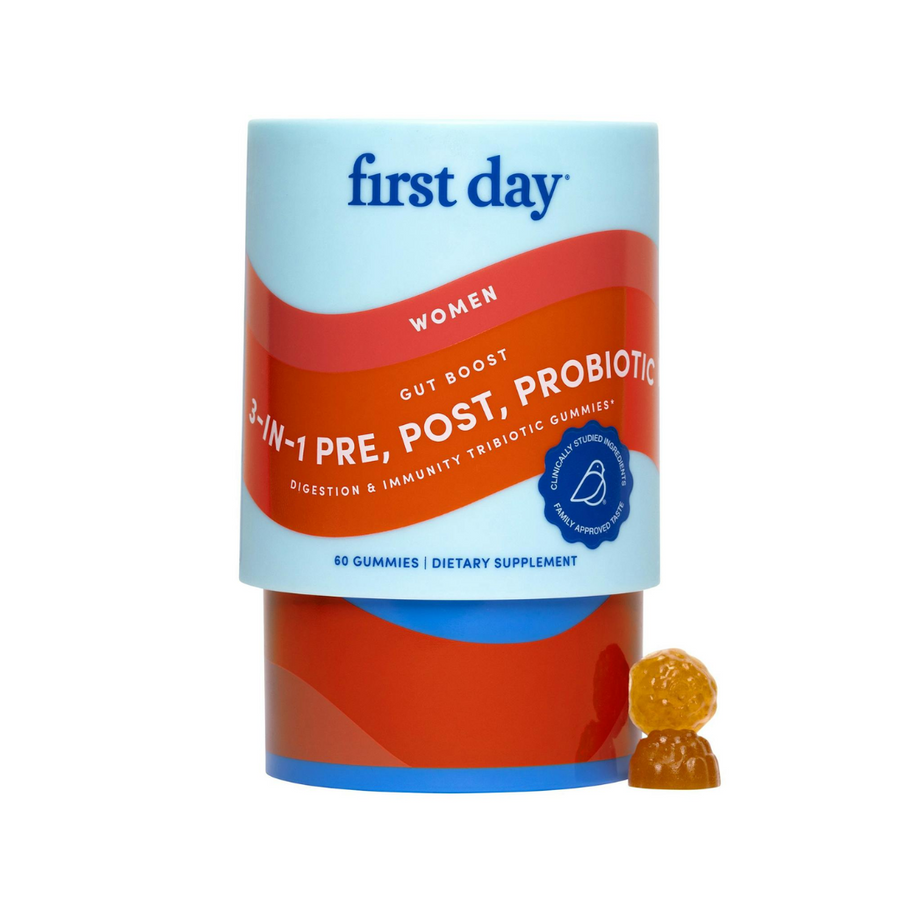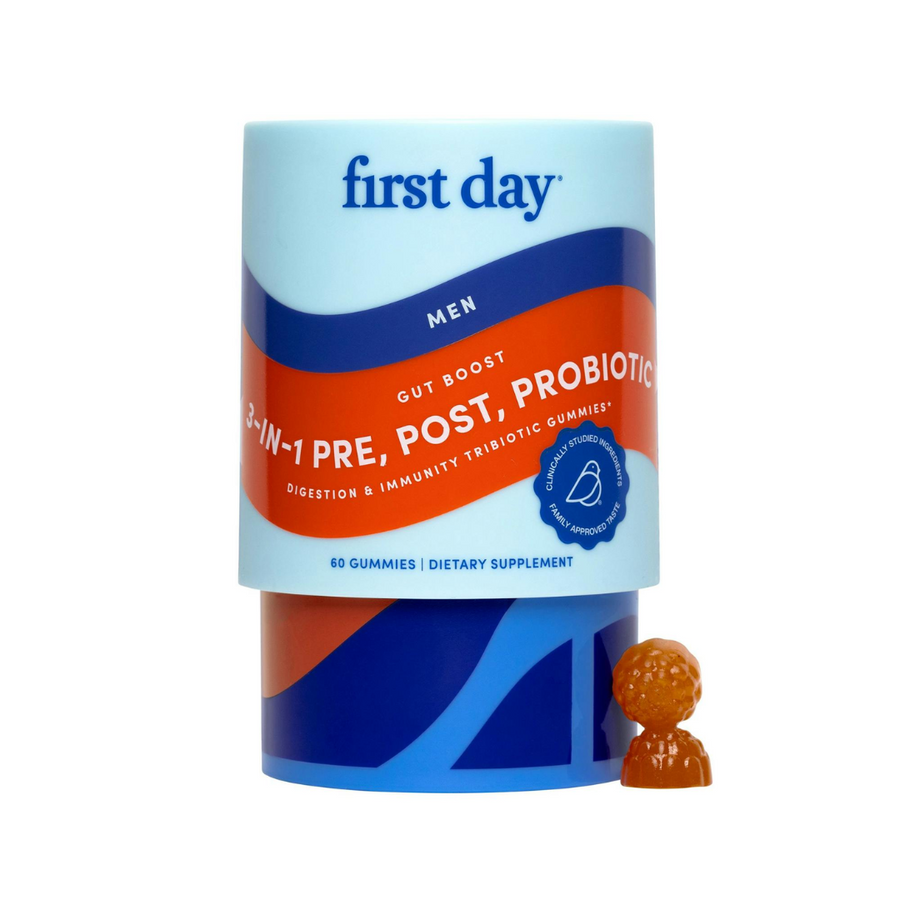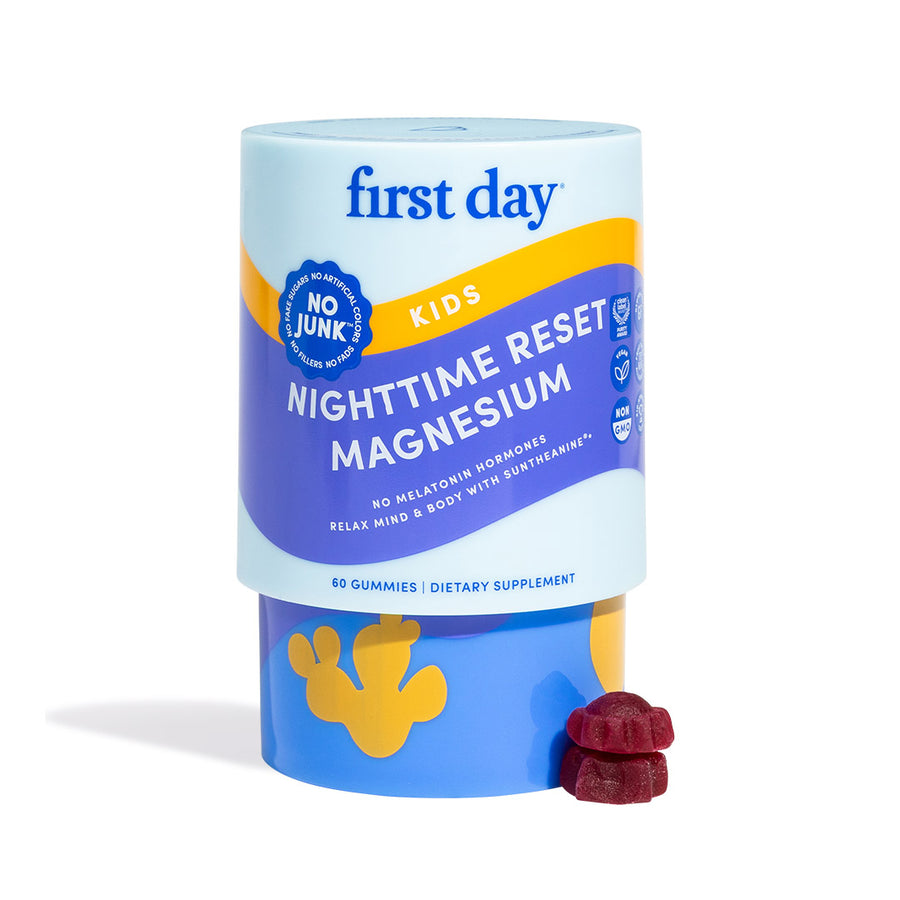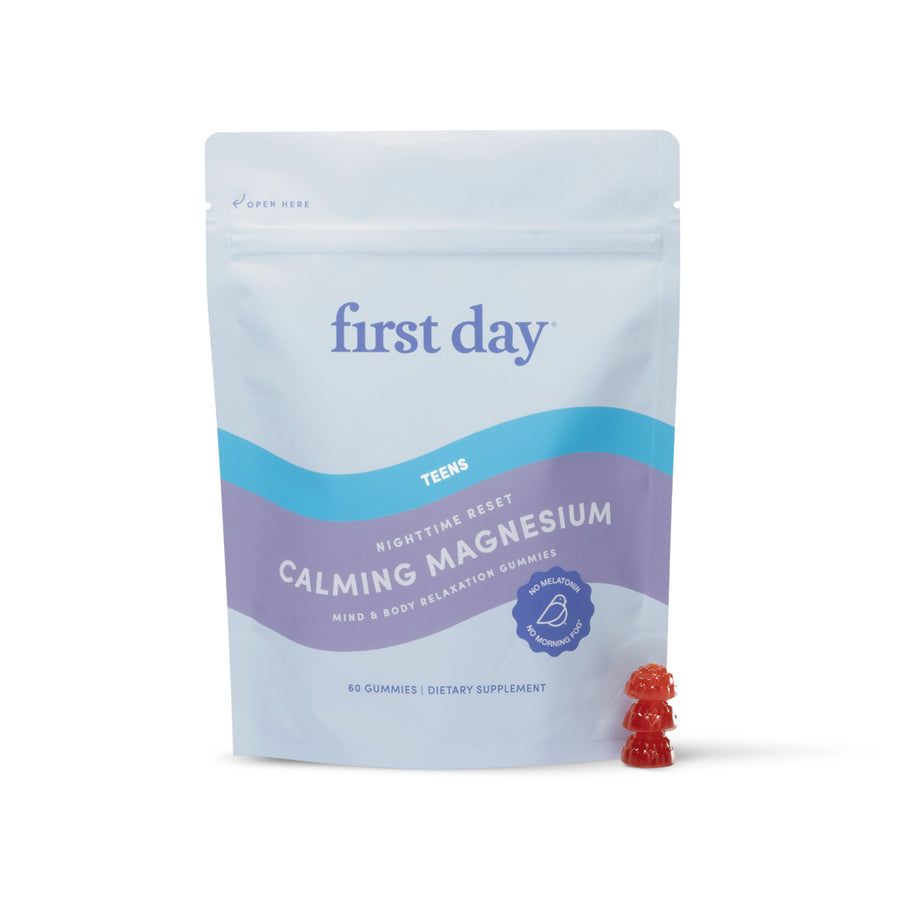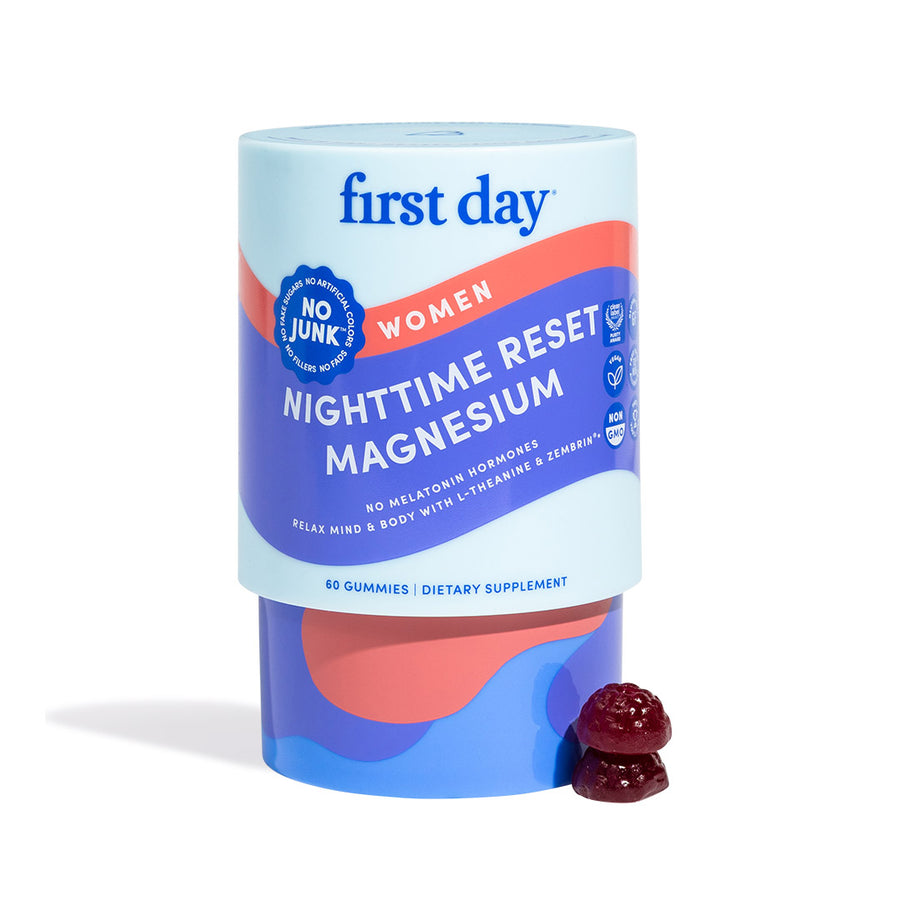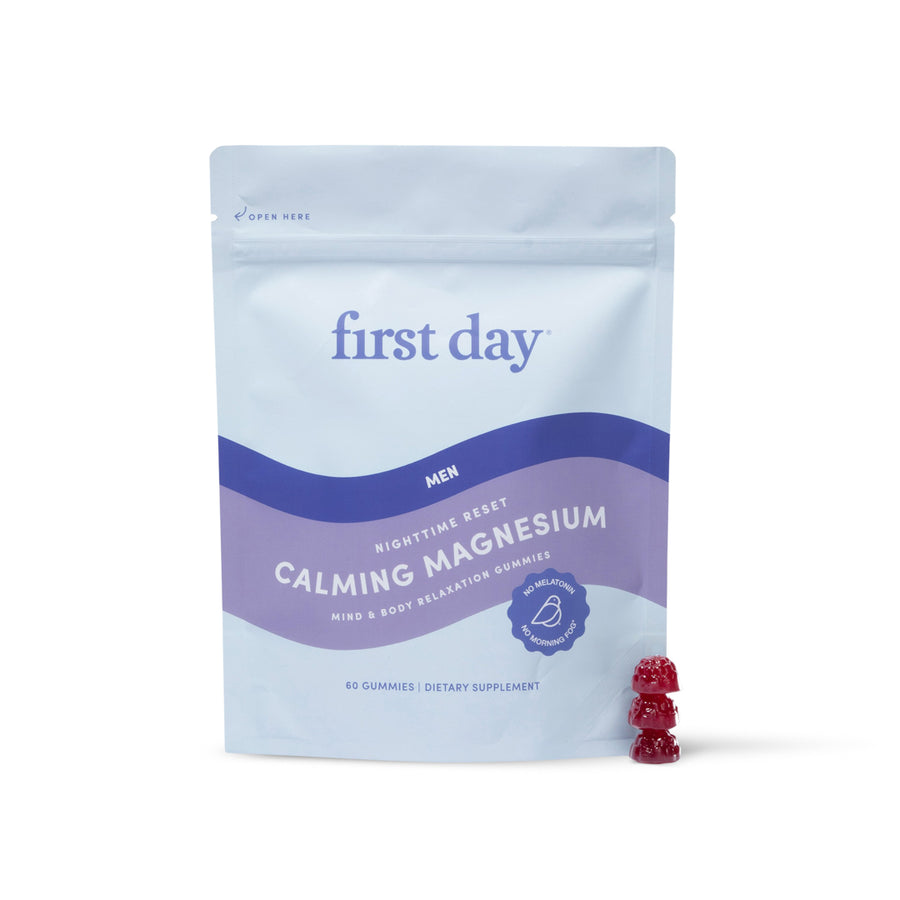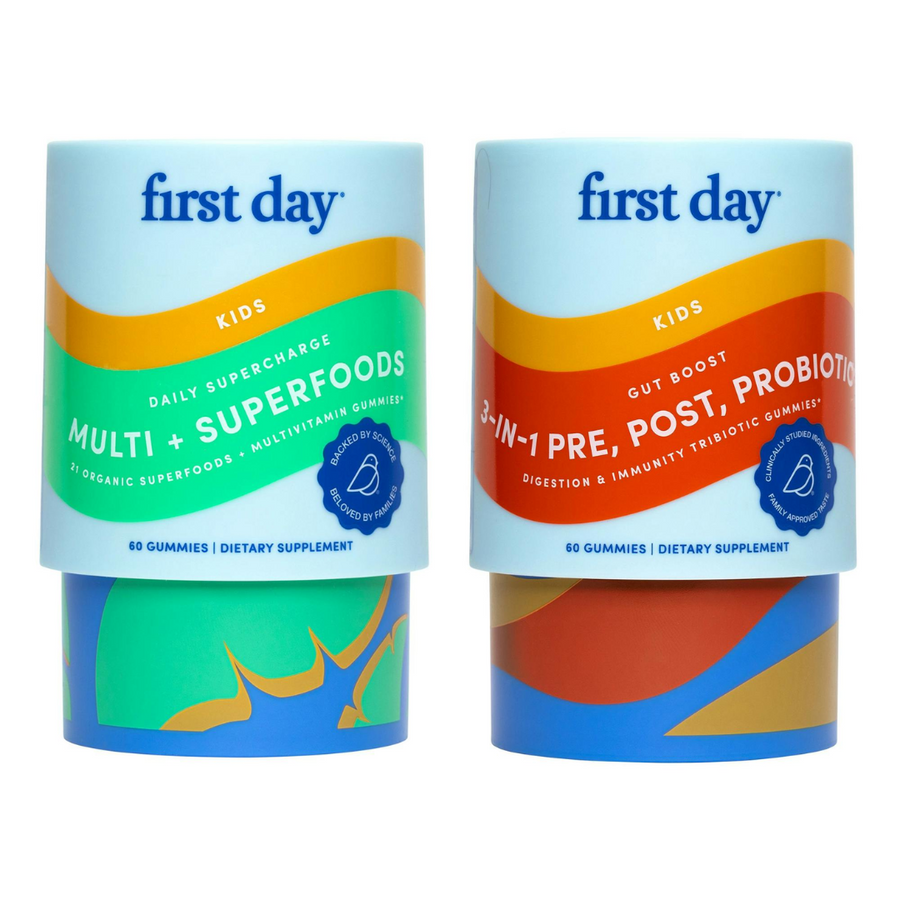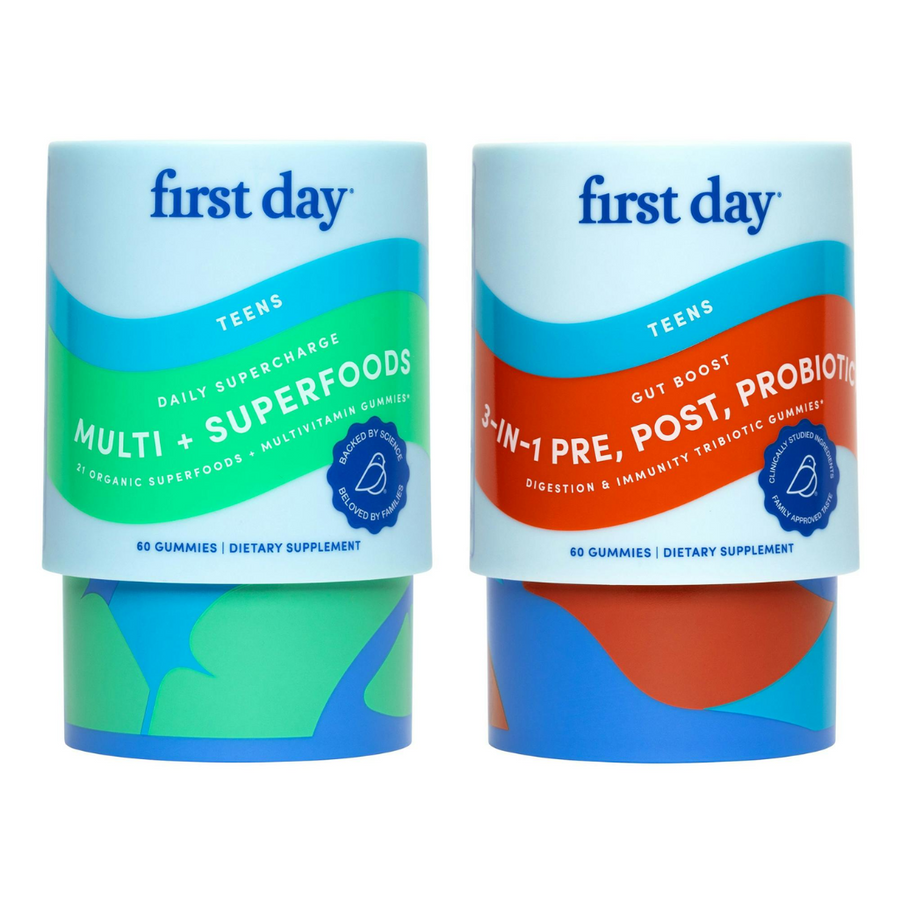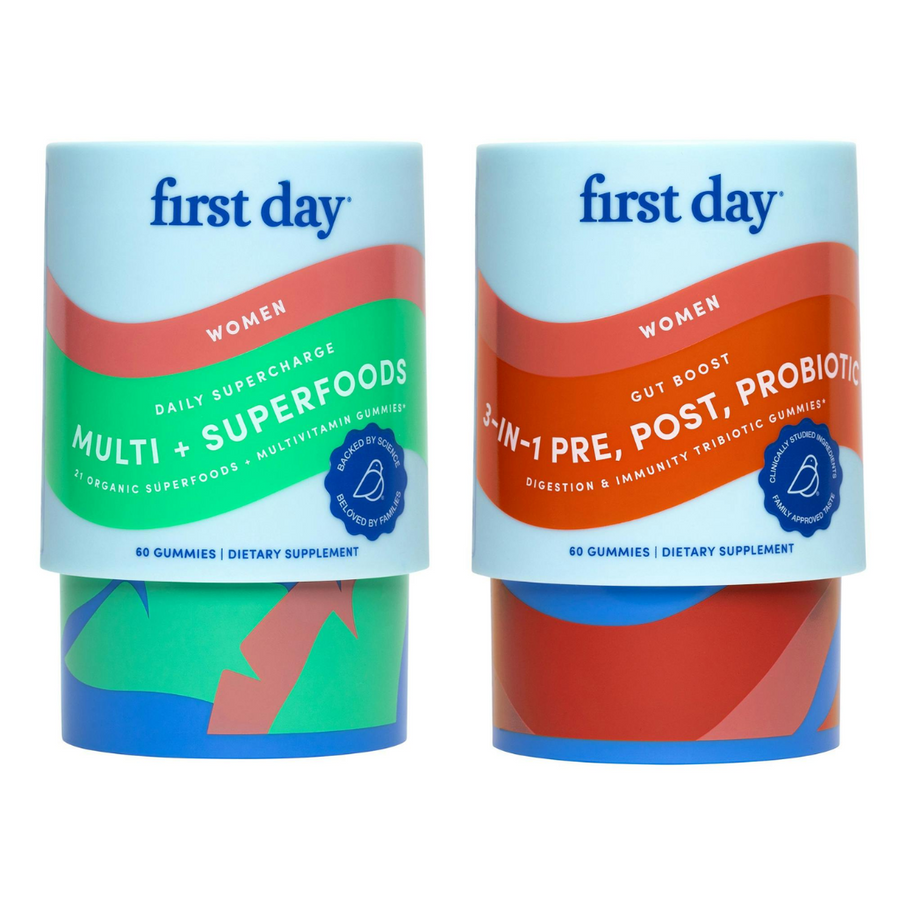Food significantly impacts our children’s health. When they eat well, they feel good. A well-balanced diet empowers them by providing their bodies with essential nutrients. Otherwise, our little ones become more prone to have low energy, impaired growth, dental caries, poor memory and cognitive skills, and potential risk for developing diseases (e.g. obesity, osteoporosis, heart disease, diabetes) later in life. .
Understanding the different nutrients in foods allows you to help your kids learn about how different foods affect their body. This gives them the power to live a healthy lifestyle when they are older. We'll teach you exactly how much of each nutrients your kids need and which foods contain them.

What Are Macronutrients & Why Are They Important To Your Child's Growth and Development?
Macronutrients, also known as macros, are the three main sources of calories that make up the foods we eat. They are called macronutrients because the body needs them in large quantities compared to micronutrients. These nutrients give us the energy for daily tasks and are crucial in maintaining our body's system and structure. Micronutrients are also known as vitamins and minerals. Both macronutrients and micronutrients are instrumental to your children’s health.
Kids need all the essential nutrients to support their growth and development. As parents, we need to understand what foods to incorporate to ensure our little ones are eating a balanced diet.
In this article, we are going to dive into macros, what they do for your child’s body, and what foods contain them. The three macronutrients are carbohydrates, proteins and fats.
-
Carbohydrates
Carbohydrates are the main source of fuel for the body. They provide the energy our children need to function, whether they are in school or playing their favorite sports.
Carbs are found in many foods including fruits, starchy vegetables (potatoes, peas, corn), dairy, grains (bread, pasta, oatmeal, cereal, rice, etc.), and other foods like doughnuts and cakes. “There are no good and bad foods, yet some carbohydrates will provide your child with more micronutrients and long-lasting energy than others. Your child’s diet should consist mostly of fruits, vegetables, grains, and dairy. It’s okay to include other sources of carbohydrates like chips and cookies, but these foods should not make up the bulk of their diet,” says Kristen Carli, registered dietitian of Camelback Nutrition & Wellness.
Daily intake of carbohydrates should come from about 45-65% of calories. The recommended dietary allowance (RDA) for carbohydrates is at least 130 grams per day. Children that are more active in sports may need more.
-
Simple Carbs
These carbohydrates are commonly found in foods that are high in processed or refined sugar. They are often devoid of the vitamins and minerals that provide your child with more nutrition. Some food sources of simple carbs are:
-
Cookies
-
Cakes
-
Doughnuts
-
Crackers
-
Cereals
-
Soda
-
Candies
-
White flour
They are generally believed to be bad, as they are low in fiber, low in nutrients and high in saturated fat. “Again, there are no good and bad foods. Simple carbohydrates are fine for your child to eat when enjoyed in moderation and in balance with other more nutritious foods,” says Carli. When these foods make up the bulk of the diet or are consumed in excess, excessive weight gain may occur. High intake of simple carbs could also lead to conditions and illnesses like diabetes as well as heart ailments.
-
Complex Carbs
These carbohydrates are commonly found in whole grains, vegetables and fruits. Our bodies process them more slowly than simple carbs, and are rich in vitamins and minerals.
Some food sources of complex carbs are:
-
Dairy
-
Legumes
-
Brown rice
-
Whole wheat bread
-
Pasta
-
Nuts
-
Seeds
-
Beans
-
Peas
-
Fruits
-
Starchy vegetables (potatoes, corn, peas, squash)
These are great for your kids because they are high in fiber and nutrients. Plus, they are low in saturated fat. The trick is to keep their intake of complex carbohydrates varied. Make it a habit to feed your child different kinds of whole grains, vegetables and fruits so your child gets the nutrition they need.

-
Proteins
Protein is essential for tissue repair, muscle growth, and a well-functioning immune system. Unlike carbohydrates, protein provides the body with long-acting energy. Protein is composed of amino acids, which are often referred to as building blocks of protein or muscle. Protein is pivotal to your child’s health and development.
Amino acids can be classified as essential and non-essential. Non-essential amino acids can be synthesized in the body while essential amino acids must be obtained through your diet. There are nine essential amino acids namely histidine, isoleucine, leucine, lysine, methionine, phenylalanine, threonine, tryptophan, and valine--all of which are instrumental to your well-being.
There are both animal and plant sources of protein. However, there are few plant-based proteins that possess all nine essential amino acids. Soybeans and soy products are the only plant-based source of complete protein. So if your family is vegan or vegetarian, it’s essential to eat a combination of plant based proteins everyday.
Some food sources of protein are:
-
Fish
-
Seafood
-
Poultry
-
Eggs
-
Lean meat
-
Soy products (Tofu, soybeans, soy milk, tempeh)
-
Beans
-
Lentils
-
Split peas
-
Nuts, nut butters
-
Seeds
-
Dairy products (Yogurt, cheese, milk)
The recommended dietary allowance (RDA) for protein for children ages 4 to 9 are 19 grams of protein each day. Those between ages 9 and 13 need 34 grams.

-
Fats
Fats are macronutrients that allow our bodies to store energy to insulate and protect our organs. Fats are also integral to produce certain hormones, support proper brain development, and absorb fat-soluble vitamins and aid the cells in our bodies. Your child’s brain continues to develop until about 25 years of age, so adequate fat intake is vital to their cognitive development.
Fat is commonly demonized, as fat has developed a notorious reputation for causing weight gain. However, that is not the case. Fats, like protein, are providing long-acting energy. They are the most concentrated form of energy and enhance the body’s ability to absorb micronutrients.
There are three types of fats you should know about:
-
Trans Fat
Trans fats are the worst type of fats. These are made from partially hydrogenated oils and are often found in margarine, shortening, and baked goods. Trans fats have been shown to cause a variety of negative health consequences, so they should be limited or avoided altogether. In 2015, the USDA banned trans fats from food products in the United States, giving food manufacturers until 2018 to completely remove them from their foods. Very few products still contain trans fats, however there are some foods that contain trans fat in small amounts.
Some food sources of trans fats are:
-
Margarine
-
Some microwave popcorns
-
Some vegetable oils
-
Some fast foods
-
Bakery products
-
Non-dairy coffee creamer
-
Frozen pizza
-
Refrigerated dough
-
Shortening
-
Some frozen foods such as mozzarella sticks and fish sticks
-
Saturated fat
Saturated fats can provide cholesterol that help produce hormones. However, our bodies can produce their own cholesterol without the presence of this fat. Large amounts of it can do more harm than good, so it is crucial to moderate your child’s consumption of it.
Some food sources of these fats are:
-
Butter
-
Cheese
-
Cold cuts and cured meat
-
Biscuits
-
Cake
-
Bacon
-
Fatty cuts of meat
-
Milkshakes
-
Chocolates
-
Unsaturated Fat
Unsaturated fats are the best kinds of fats to include in your child’s daily diet. They are referred to as healthy fats because they help prevent heart diseases and other health conditions. Moreover, they regulate your metabolism, promote cell growth and regeneration as well as maintain the elasticity of your cell membrane.
Some food sources of these fats are:
-
Avocado
-
Flax seeds
-
Chia seeds
-
Fatty fish like salmon, fresh tuna and sardines
-
Nuts
-
Seeds
-
Seed butter
-
Hummus
-
Olive oil
-
Rapeseed oil
-
Corn
-
Soybean
The recommended dietary allowance (RDA) for fats is 30 to 35% of calories for children ages 2 to 3 years and between 25 to 35% of calories for children and adolescents ages 4 to 18.

Finding Balance
Every child's specific nutrition needs are different. Age, gender, activity level, and the presence of certain health conditions determine nutrition requirements. However, all children need a balance of carbs, fat, and protein in their diet to promote health and proper growth and development. It’s important to include a variety of foods from different food groups to ensure your child gets the energy, vitamins, and minerals they need. “It’s okay to include less nutritious foods in their diet, as long as those foods are consumed in moderation,” encourages Carli.
Kristen Carli, MS, RD

Kristen Carli is the owner of Camelback Nutrition & Wellness. She graduated from University of Arizona with a BA in psychology and then received a BS in dietetics from Arizona State University. After completion of the dietetic internship, she continued her education by receiving a MS in Human Nutrition from University of Western States. Having a passion for nutrition communication, she has been featured in InStyle, Bustle, Livestrong, The List, MyFitnessPal and many others. Kristen was selected to act as a Produce for Better Health Foundation Fruit and Vegetable Ambassador in Action, helping to promote the health benefits and importance of consuming fruits and vegetables. You can find her reading, running, and exploring new restaurants with her husband. She also runs Mostly Green, a blog where she develops and shares simple plant-based recipes.

